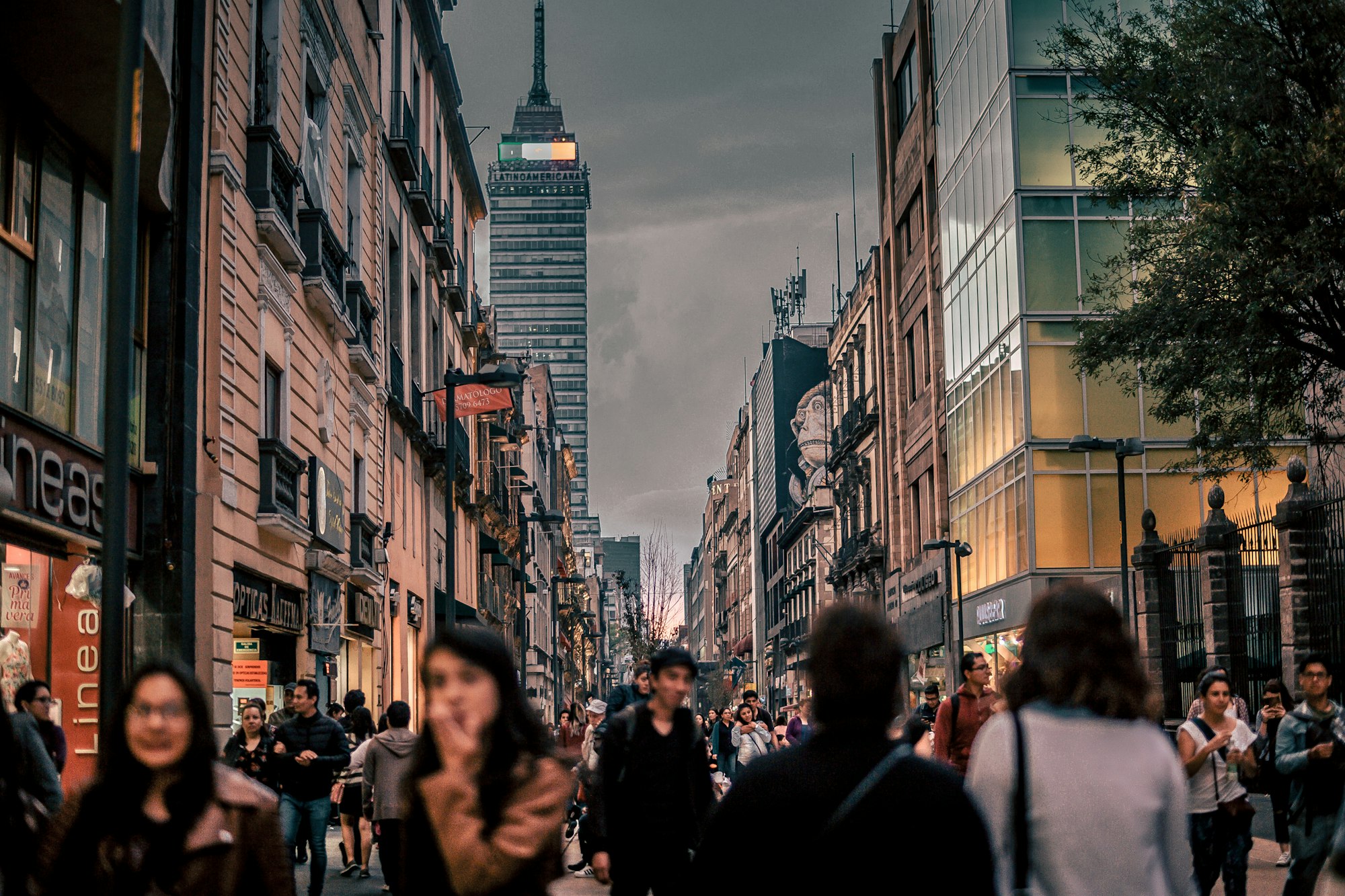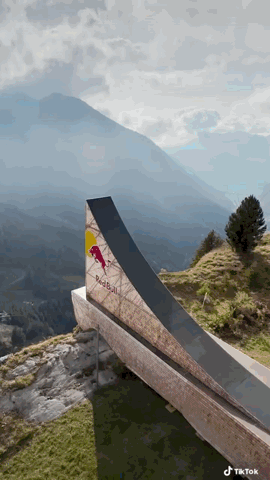What is Mexico famous for? A look at some of the most amazing structures in Mexico.

I live in Mexico City, the Capital of Mexico and a crisol of cultures that date back to at least 10,000 years, with gorgeous prehispanic structures, discovered by the europeans in the 16th century who built a gorgeous colonial city downtown Mexico City, over the ruins of the Aztec Empire, which is known as the City of Palaces. And then the independence forged the modern Mexico, which in itself boasts quite a number of amazing structures but before taking a Mexico map...
Let's look at the Mexico population.
So let’s begin with the pre-hispanics.
By far, the most amazing structure left behind in Mesoamerica, which is part of the area we now call Mexico, is the pyramid of El Castillo in the archeological complex Chichen-Itza, in the state of Yucatan now you won't see these on the Mexico flag, but you can't trace it on each of the mexico states.
Learn more on Mexico facts.
El Castillo (Temple of Kukulcan) dominates the center of the archaeological site.
The Maya name "Chichen Itza" means "At the mouth of the well of the Itza." This derives from chi', meaning "mouth" or "edge," and chʼen or chʼeʼen, meaning "well." Itzá is the name of an ethnic-lineage group that gained political and economic dominance of the northern peninsula. One possible translation for Itza is "enchanter (or enchantment) of the water," from its, "sorcerer," and ha, "water."
But it is not myth that makes the structure one of the new wonders of the World, but its topographical, architectural and precise astronomical construction; the pyramid serves the purpose of working like a very precise timing device.
At first hand, having the pyramid mark with utmost precision the solstices and equinoxes, leaves no doubt the pyramid is impressive. But once you study the Mayan Calendar you come to realize how, with this structure, the Mayan Chiefs were able to tell time, even in cycles which are computed in million of years, that you realize what an achievement this is.
Spanish Rule
During the spanish rule in Mexico, called Nueva España during the period, we can see many many beautiful structures downtown Mexico City. Churches abound everywhere, and the majestic Cathedral was built with stones from the grand pre-hispanic site Tenochtitlan, which was the capital of the Aztec Empire.
Stone by stone, they destructed the pyramids and built the cathedral. But they used local indo-americans to carve the stones of the newly erected Cathedral and they engraved their so called pagan symbols into the Cathedral’s stones so that they would last forever, even in the face of defeat against the europeans.
Catedral Metropolitana de la Ciudad de México
Mexico City also boasts the most visited shrine in the world, 9.5 million every December 12th, the shrine of the Virgin of Guadalupe.
The story says that Juan Diego, a local indo-american, was walking on the mountain of Tepeyac and Virgin Mary appeared to him. The Head of Church Fray Juan de Zumárraga didn’t believe his story, so the Virgin appeared to him again, asked him to open his ayatl (dressing garment) and to show it to the Fray, which he did. Roses rolled out from the Ayatl and impressed on it, whas the image of a dark brown virgin, which was called the Virgin of Guadalupe. This ayatl is held in most veneration and is for exhibition at the inside of the new shrine of Guadalupe.
There are a few notes about this shrine that I will pinpoint before I show it to you.
When Mesomerica had not been invaded by the europeans, the indo-americans worshipped Tonantzin in the mountain of Tepeyac. Tonantzin is the Protective Mother of All, it is the true feminine as protector, creator and destructor.
Every solstice of winter, this pilgrimage to the mountain of Tepeyac was customary to all the indo-americans and the spanish, who had just conquered, could not stop it. So most likely, they made up the story to convert the indo-americans who worship the Guadalupana fervently but associated to the Catholic dominant church; all traces in the general public of Tonatzin have been lost.
Old Shrine of Guadalupe with a pagan YULE Christmas Tree
Left: New Shrine of Guadalupe (XX Century). Right: Old Shrines of Guadalupe (XV Century)
Modern Mexico
The highly developed Santa Fe area, at the west side of the city of Mexico, boasts the most impressive array of skyscrapers, boldly designed by the architects of Mexico. Perhaps the one I believe shows this boldness the best is the building called Calakmul.
The architect represents the earth with the cube and the sky with the sphere. The pyramid is also a perfect solid:
The Calakmul overview project.
The sphere represents the sky; the cube, the earth.
Calakmul has won many mentions all around the world. Just the building is worth visiting the area, and the area is plush and nice, with hundreds of extraordinary restaurants.
La Mexicana park in Santa Fe.




